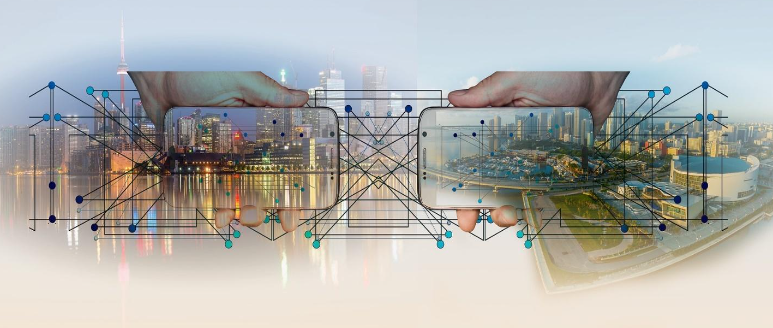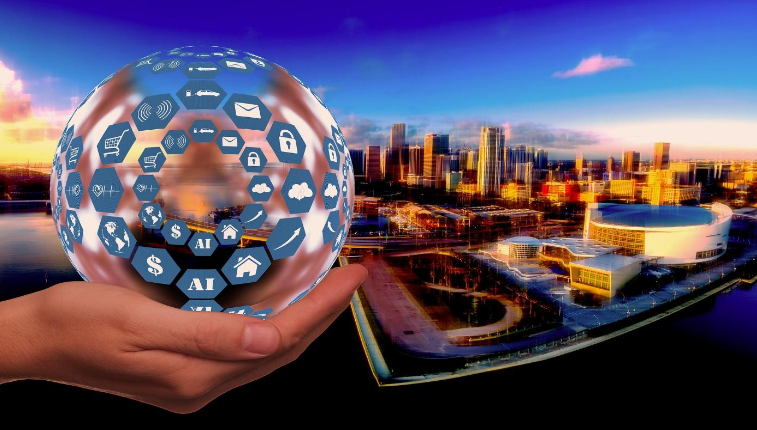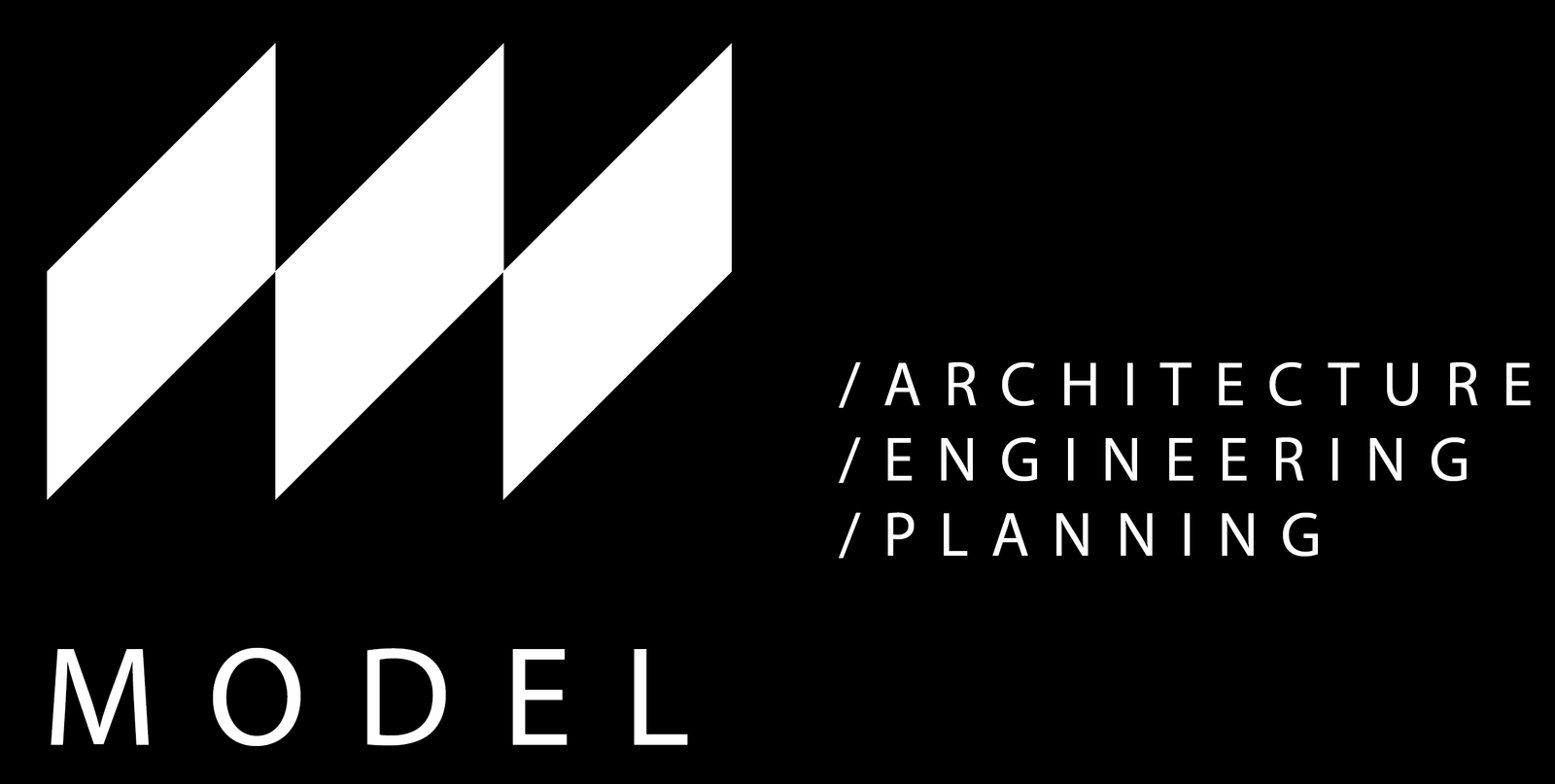The Tech-Driven Transformation of Architecture

The architecture industry is constantly evolving, and one of the most significant factors driving this change is technology. From computer-aided design (CAD) software to virtual reality (VR) and 3D printing, technology is transforming the way architects design and construct buildings. In this article, we will explore the influence of technology in the architecture industry and how it is changing the way architects work.
One of the most significant advancements in technology in the architecture industry has been the development of CAD software. This software allows architects to create detailed digital models of their designs, making it easier to visualize and modify designs before construction begins. With CAD software, architects can experiment with different design options and make changes quickly and easily, reducing the need for expensive and time-consuming physical models. Additionally, CAD software has improved collaboration between architects, engineers, and contractors, as they can all work on the same digital model, reducing the risk of miscommunication and errors.
Another technology that is having a significant impact on the architecture industry is 3D printing. 3D printing allows architects to create physical models of their designs quickly and accurately. This technology is particularly useful for creating intricate designs that would be difficult or impossible to create using traditional construction methods. 3D printing also reduces waste and improves sustainability, as it allows architects to print only the materials they need, reducing the amount of waste generated during the construction process.
Virtual reality (VR) is another technology that is transforming the architecture industry. VR allows architects to create immersive, interactive experiences of their designs, allowing clients and stakeholders to experience and visualize designs in a more realistic way. With VR technology, architects can create virtual walkthroughs of their designs, allowing clients to explore the space and get a sense of what it will look and feel like once constructed. VR technology is also useful for testing different design options and identifying potential issues before construction begins, reducing the risk of costly mistakes.
Another technology that is having an impact on the architecture industry is Building Information Modeling (BIM). BIM is a digital representation of the physical and functional characteristics of a building, allowing architects to create a detailed, multidimensional model of a building that includes information on everything from the location of electrical outlets to the materials used in construction. This technology is particularly useful for large, complex projects, as it allows architects to manage and coordinate different aspects of the project in a more streamlined way.
Another technology that is transforming the way architects work is artificial intelligence (AI). AI can help architects analyze data and make more informed design decisions. For example, AI can be used to analyze energy usage patterns and optimize building design for maximum energy efficiency. AI can also help architects identify potential safety issues and suggest design modifications to reduce the risk of accidents.

In conclusion, technology is having a significant impact on the architecture industry, transforming the way architects design and construct buildings. From CAD software to 3D printing, virtual reality, BIM, and AI, technology is enabling architects to create more complex, innovative, and sustainable designs. By embracing these new technologies, architects can improve collaboration, reduce waste, and create buildings that are better suited to the needs of their occupants. As technology continues to evolve, it will be interesting to see how it shapes the future of the architecture industry.
If you’re interested in exploring the latest technologies and trends in architecture, Model Engineering Consultants is here to help. Our team of experienced architects and designers are committed to staying up-to-date on the latest advancements in technology and design, so that we can provide our clients with the most innovative and sustainable solutions. Contact us today to learn more.
